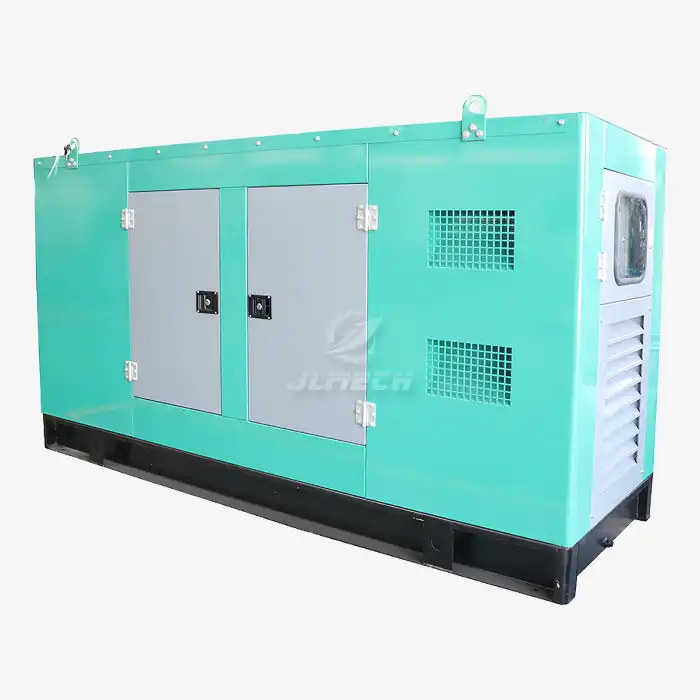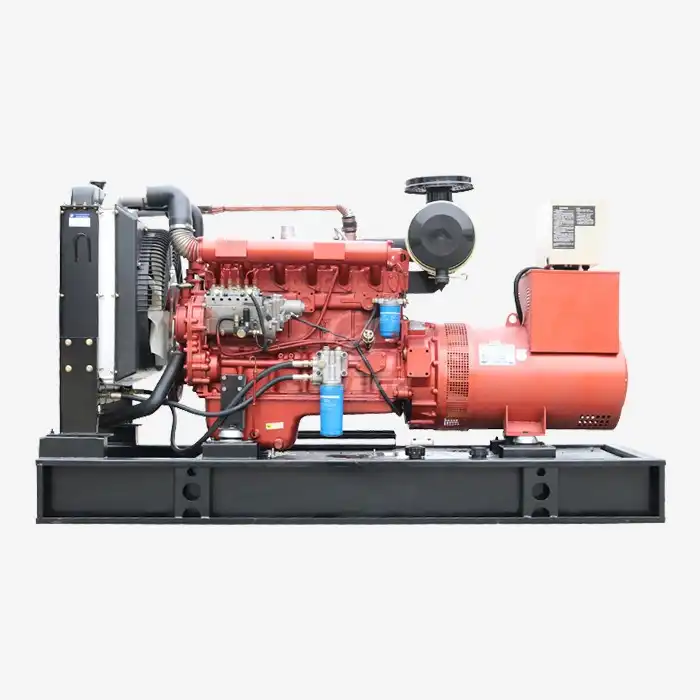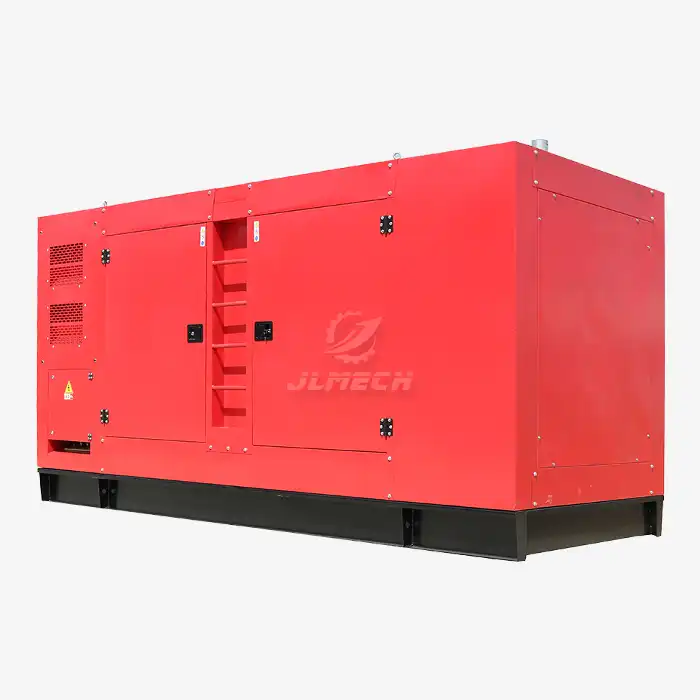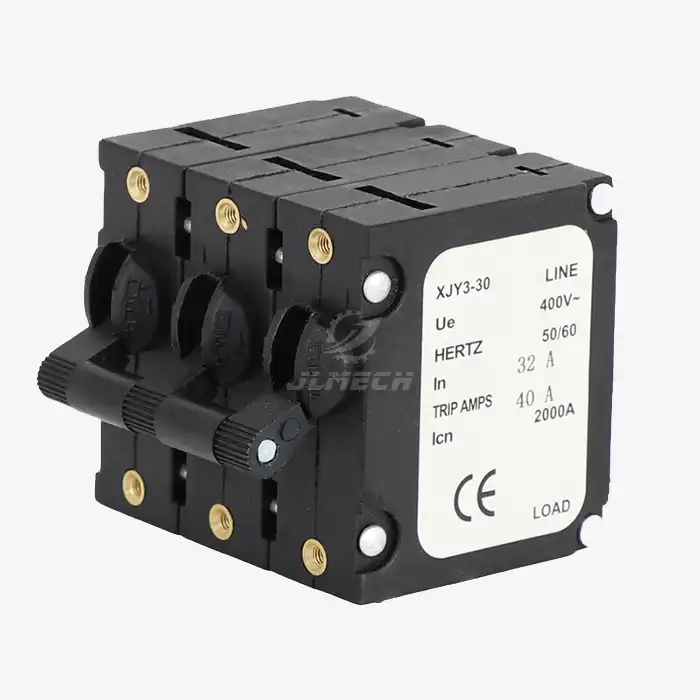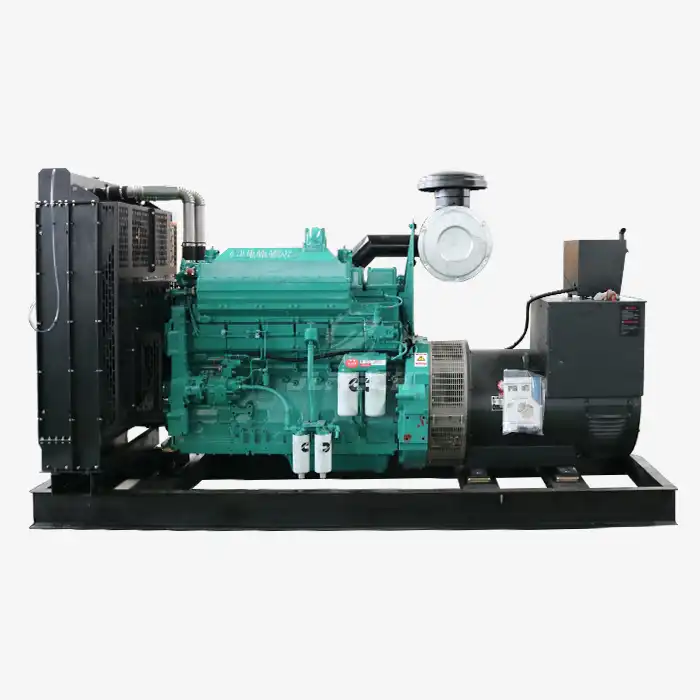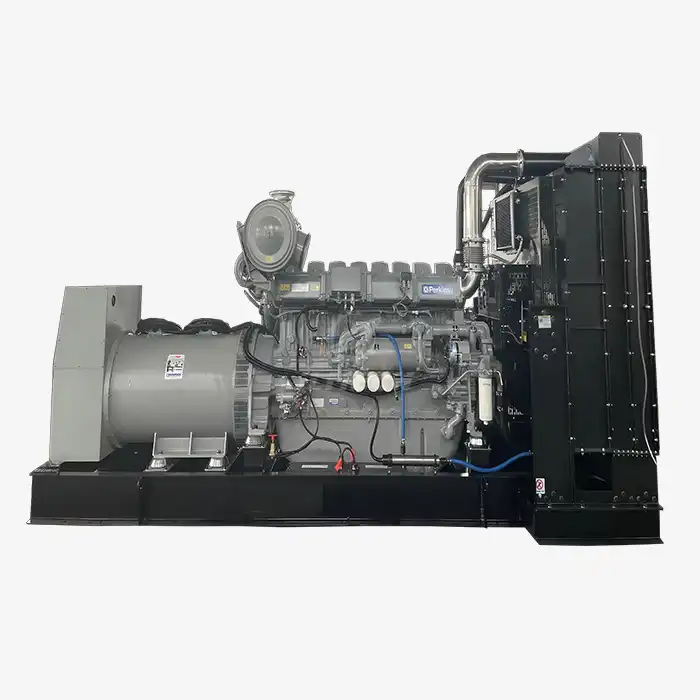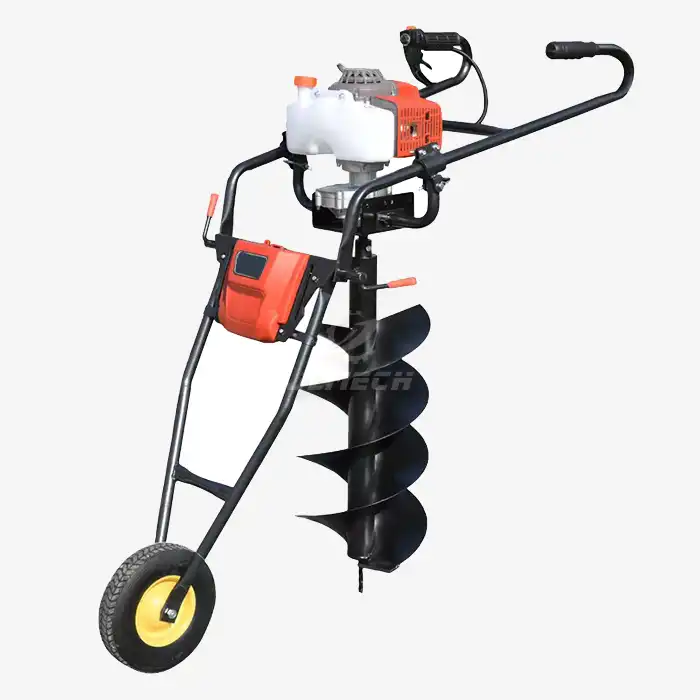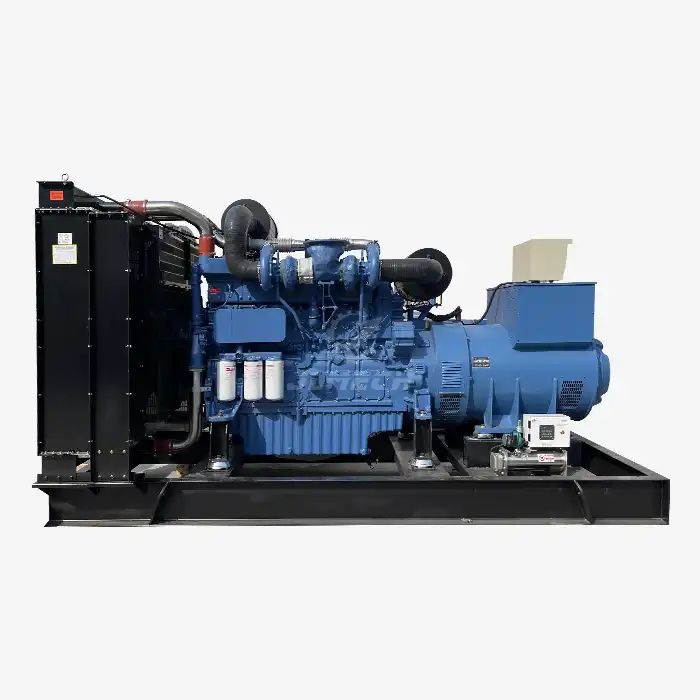Where is the generator control panel located?
When installing a diesel generator, one of the most practical questions is: where should the control panel be located? The truth is, there's no one-size-fits-all answer. The placement of your generator control board depends largely on your operational needs, environmental conditions, and ease of use. The most common configurations include mounting directly on the generator itself (canopy-mounted) or installing remotely on a wall or inside a control room. Each option offers distinct benefits tailored to different applications.
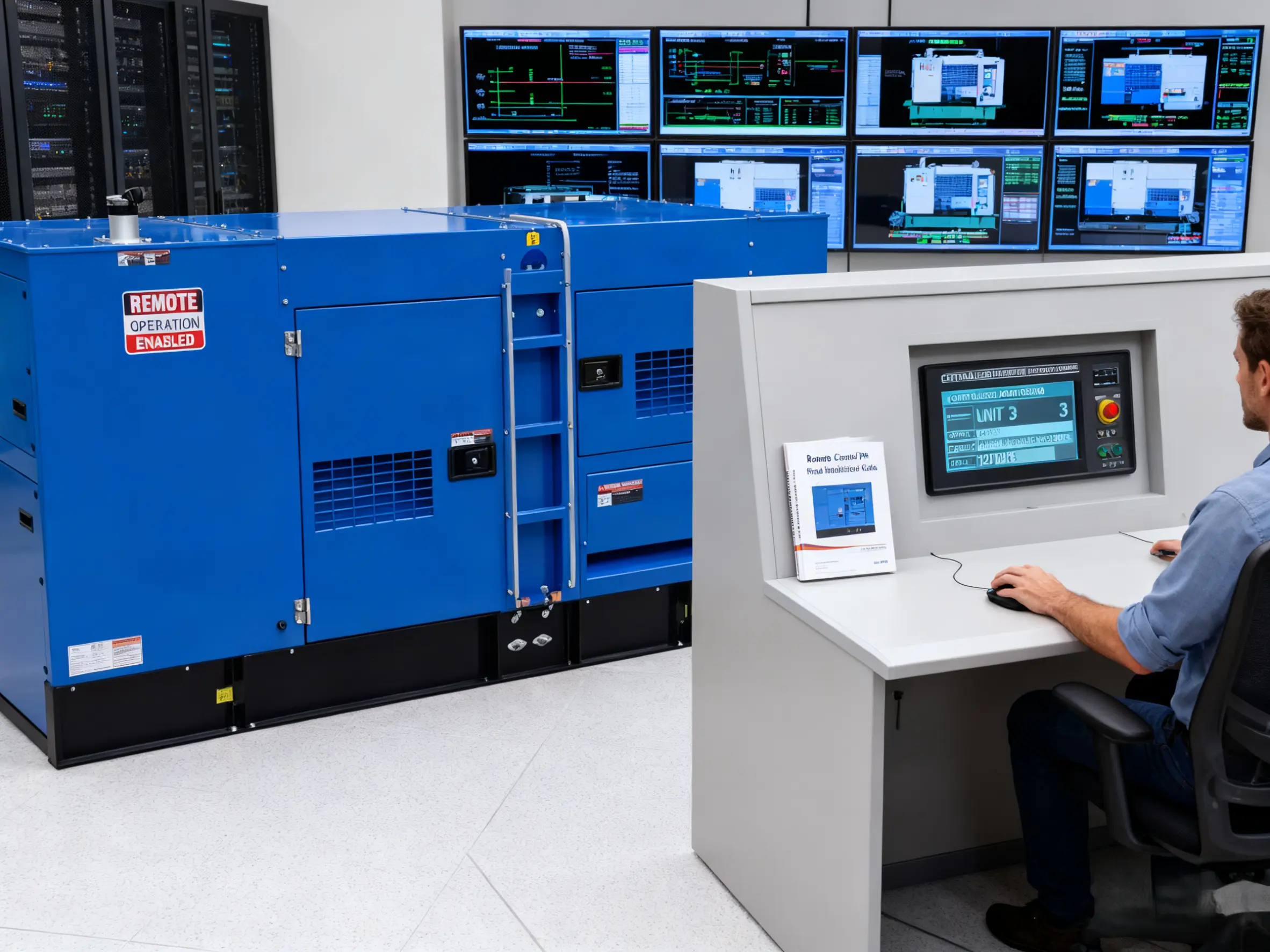
Common Locations and Their Applications
Depending on your power setup, one of the following installation approaches will best suit your requirements:
On-Generator (Canopy-Mounted) Placement
The generator control board is integrated into the generator canopy or enclosure.
Ideal for: Standard backup power systems, compact installations, and smaller units.
Benefits: Simplifies wiring, reduces installation costs, and provides a unified equipment layout.
Considerations: Operators must be near the generator during operation, which may not be suitable in noisy or harsh environments.
Wall-Mounted in a Control Room
The panel is installed separately in a control room or electrical panel area.
Ideal for: Industrial plants, data centers, and large facilities with centralized control systems.
Benefits: Improved accessibility, enhanced safety, and protection from extreme weather or physical damage.
Considerations: Requires additional cabling and mounting hardware.
Remote Panel with Multi-System Integration
The generator control board is part of a broader monitoring or Building Management System (BMS).
Ideal for: Critical operations where multiple generators or power sources are used.
Benefits: Centralized control, real-time remote monitoring, and easier data logging.
Considerations: Higher initial setup complexity and cost.
Key Factors Influencing Placement
Selecting the right location isn't just about convenience—it affects functionality, safety, and longevity. Keep these factors in mind:
Environmental Conditions: Avoid areas with high moisture, dust, extreme temperatures, or vibration.
Accessibility: Ensure authorized personnel can easily view and interact with the generator control board without safety risks.
cable Management: Remote installations require secure and compliant wiring practices.
Regulatory Compliance: Local electrical codes and standards (e.g., IEC, NFPA) may dictate certain placement rules.
Future Expansion: Consider whether you might need to upgrade or integrate additional systems later.
How to Operate Based on Location
Where your control panel is located affects how you use it:
For On-Generator Panels:
Operation is straightforward—start/stop, view parameters, and acknowledge alarms directly at the genset. Suitable for applications where the generator is easily accessible.For Remote Panels:
Ensure the interface is user-friendly and that all critical functions (emergency stop, mode selection, data readout) are clearly accessible. Many modern systems include touchscreen displays and remote connectivity via Ethernet or GSM.
A well-placed generator control board not only simplifies operation but also helps prevent human error and equipment misuse.
Conclusion
The location of your generator control panel plays a crucial role in the efficiency, safety, and usability of your power system. There is no universally "best" location—only the one that best fits your operational requirements and constraints.
At JLMECH, we specialize in designing and supplying diesel generators tailored to the unique needs of our global clients. Whether you need a standard canopy-mounted control panel or a fully customized remote monitoring solution, our team has the expertise to guide you.
Reach out to us for assistance in selecting or customizing the right generator control system for your application. Email us at skala@whjlmech.com to learn more about our products and discuss your project requirements.
References
Harris, L. (2021). Installation and Configuration of Generator Control Systems. Power Engineering Journal, 42(1), 55-67.
Turner, R. (2020). Design Principles for Industrial Generator Set Controls. International Journal of Electrical Systems, 18(3), 102-115.
Wilson, E. (2019). Practical Guide to Diesel Generator Installation and Commissioning. London: Engineering Press.
IEC 61439-1:2020. Low-voltage switchgear and controlgear assemblies. International Electrotechnical Commission, Geneva.



